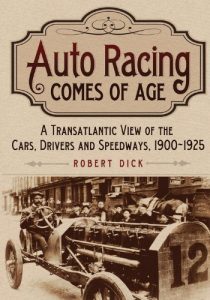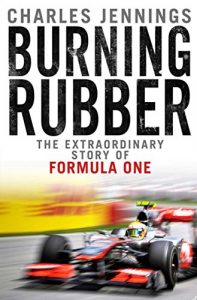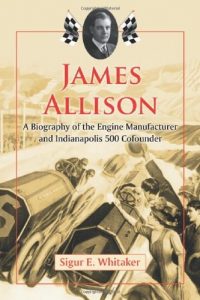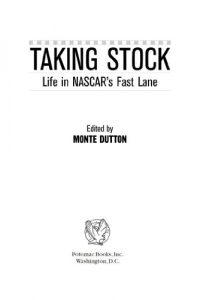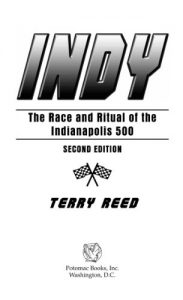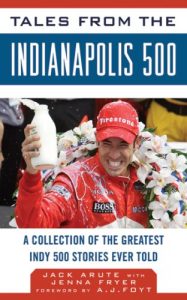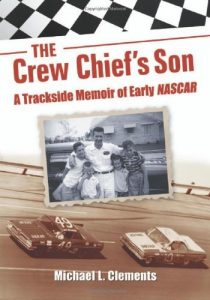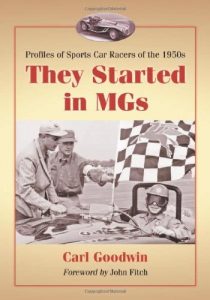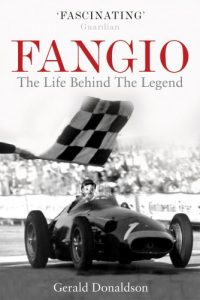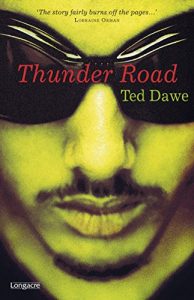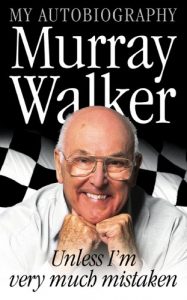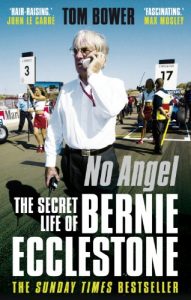I 99eBooks è una directory di eBook. Cerchiamo e classificato intorno alle eBooks Web per te!
Tutti i diritti riservati. I libri e libri elettronici sono di proprietà dei rispettivi proprietari.
Auto Racing Comes of Age: A Transatlantic View of the Cars, Drivers and Speedways, 1900-1925
The first quarter of the 20th century was a time of dramatic change in auto racing, marked by the move from the horseless carriage to the supercharged Grand Prix racer, from the gentleman driver to the well-publicized professional, and from the dusty road course to the autodrome. This history of the evolution of European and American auto racing from 1900 to 1925 examines transatlantic influences, early dirt track racing, and the birth of the twin-cam engine and the straight-eight. It also explores the origins of the Bennett and Vanderbilt races, the early career of "America's Speed King" Barney Oldfield, the rise of the speedway specials from Marmon, Mercer, Stutz and Duesenberg, and developments from Peugeot, Delage, Ballot, Fiat, and Bugatti. This informative work provides welcome insight into a defining period in motorsports.
